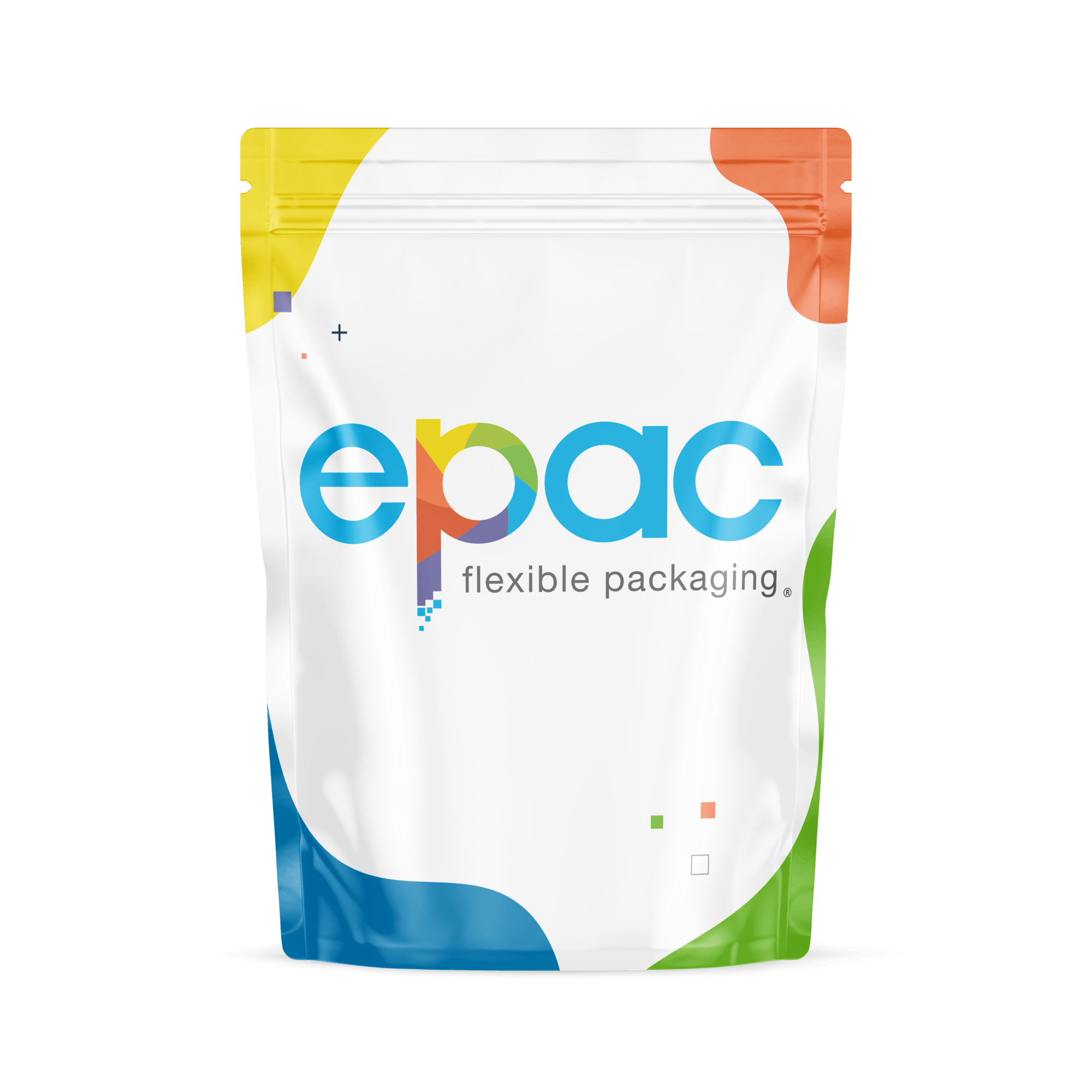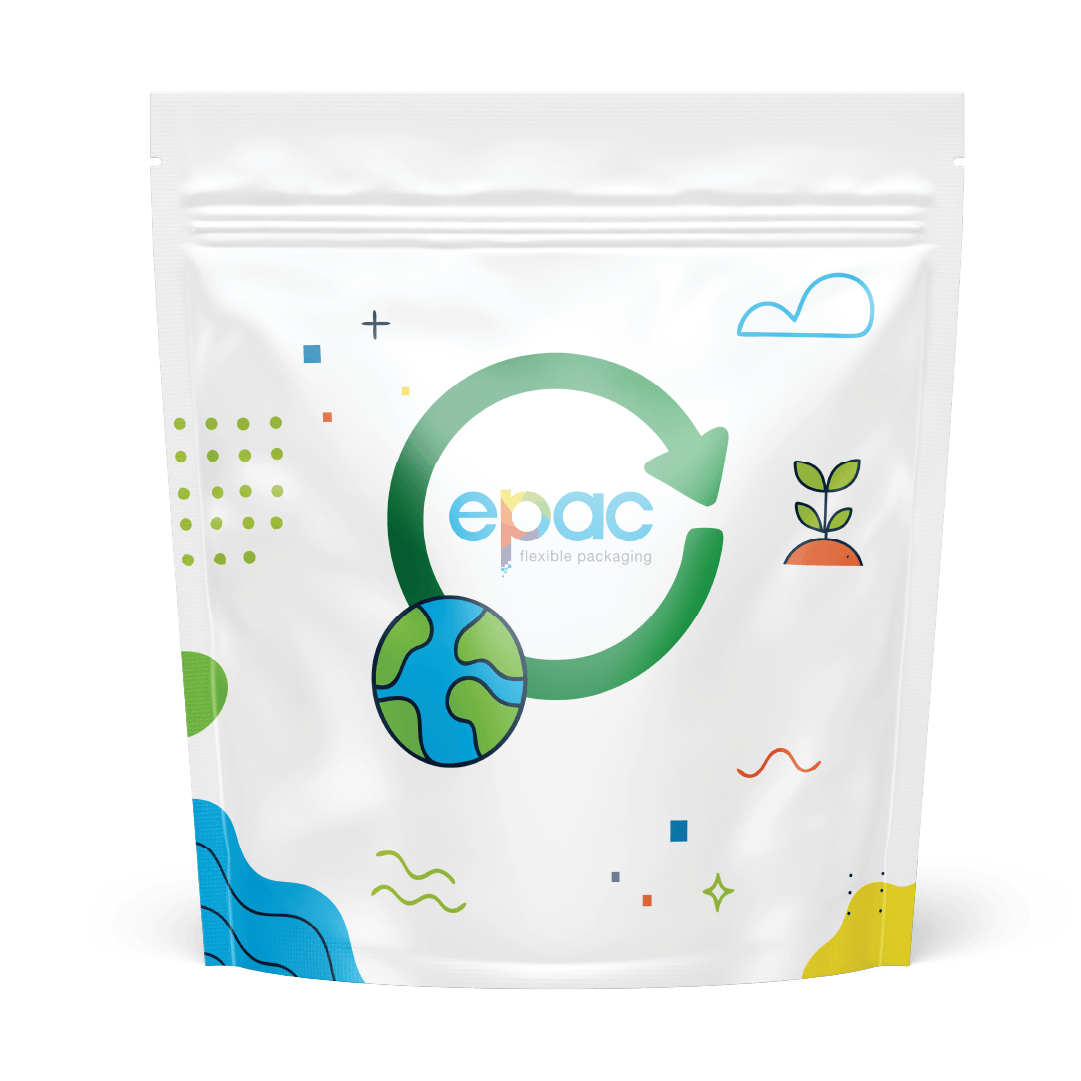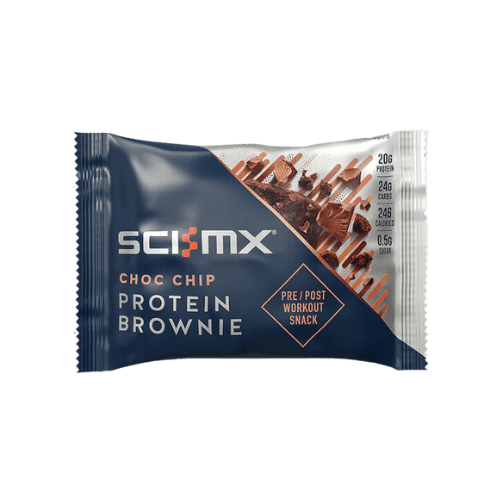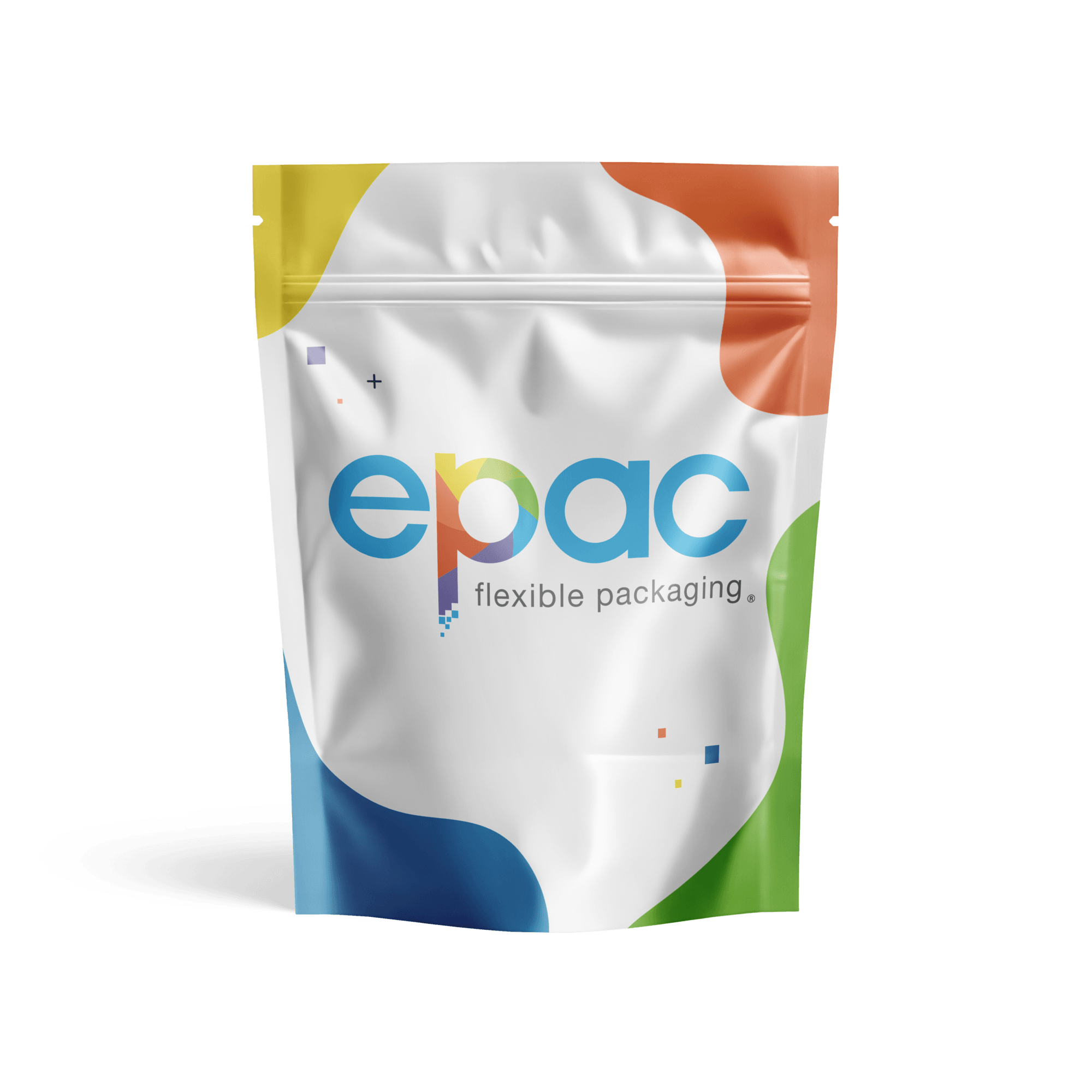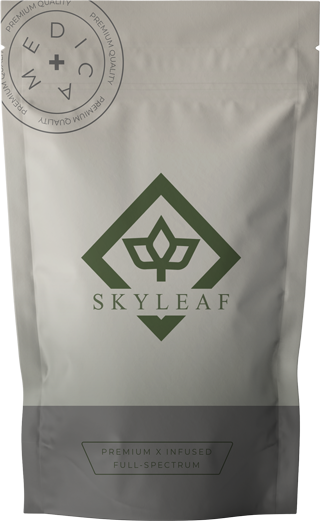Have you ever taken a good, long look at food packaging? There’s a lot going on that you may have never noticed.
From how the wording is laid out, to what’s inside, there are rules every company must follow in some way to appease the governmental agencies.
Food packaging regulations are real and need to be followed to the letter. Otherwise you risk getting fined or worse: your product might not make it to the shelf.
As a food brand, there are many different things to keep in mind as you design your package – from the functional items, like size and special features, to the aesthetics, like graphics and colors. All these details matter for maximum impact.
One of the most important parts of creating a successful food package is adhering to the Food and Drug Administration’s (FDA) guidelines for labeling a food product. The goal of these guidelines is to ensure that foods sold in the U.S. are safe, wholesome, and properly labeled. Regardless of the type of food product you are packaging, there are general food packaging requirements that everyone must adhere to.
In this post, we’re sharing a high-level overview of the different parts of an FDA-compliant package, all of which can be accessed in the FDA’s Food Labeling Guide. To access the most up-to-date information about food labeling, refer to the FDA website.
General Requirements of Food Packaging: Placement of Label Statements
On food containers, label statements are statements about the product, including item type, brand, and quantity. These statements can be placed on the package in two ways.
- One way is by placing all required label statements on the front label panel, also referred to as the principal display panel (PDP).
- The other way is to place only certain specified label statements on the PDP, while including other information on the information panel, which is the panel located immediately to the right of the PDP.
The Principal Display Panel (or PDP)
The PDP is the portion of the package label that is most likely to be seen by the consumer at the time of purchase. Think of it as the front of the package. Many containers are designed with two or more suitable surfaces that can be used as the PDP; these are called alternate PDPs.
Clarity and knowing exactly what’s for sale is the important part of the packaging.
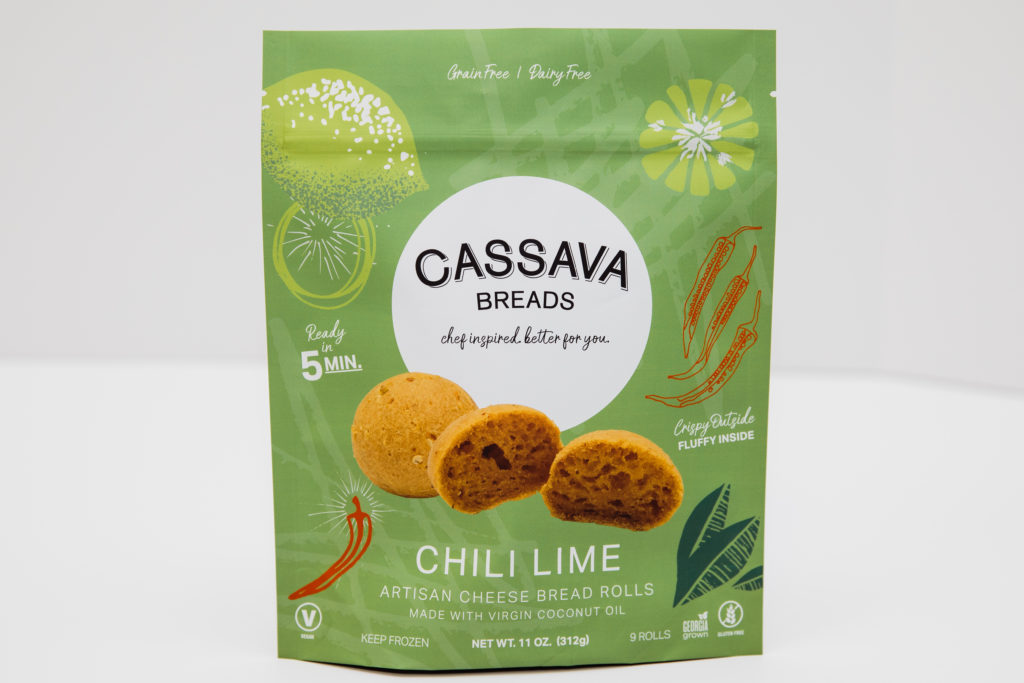
Bear in mind that there are a few items that must be on the PDP, including:
- The statement of identity, or name of the food
- The net quantity statement, or amount of product included
The statement of identity should be in bold, prominent type so consumers know exactly what they are buying. You don’t want any guesswork here.
The Information Panel
The information panel is the label panel immediately to the right of the PDP. The phrase “information panel labeling” refers to the label statements that are generally required to be placed together, without any intervening material, on the information panel (if the information is not already on the PDP). These label statements include the name and address of the manufacturer, packer or distributor, the ingredient list, nutrition labeling, and any required allergy labeling. The information panel should basically give consumers all relevant information about the company and product.
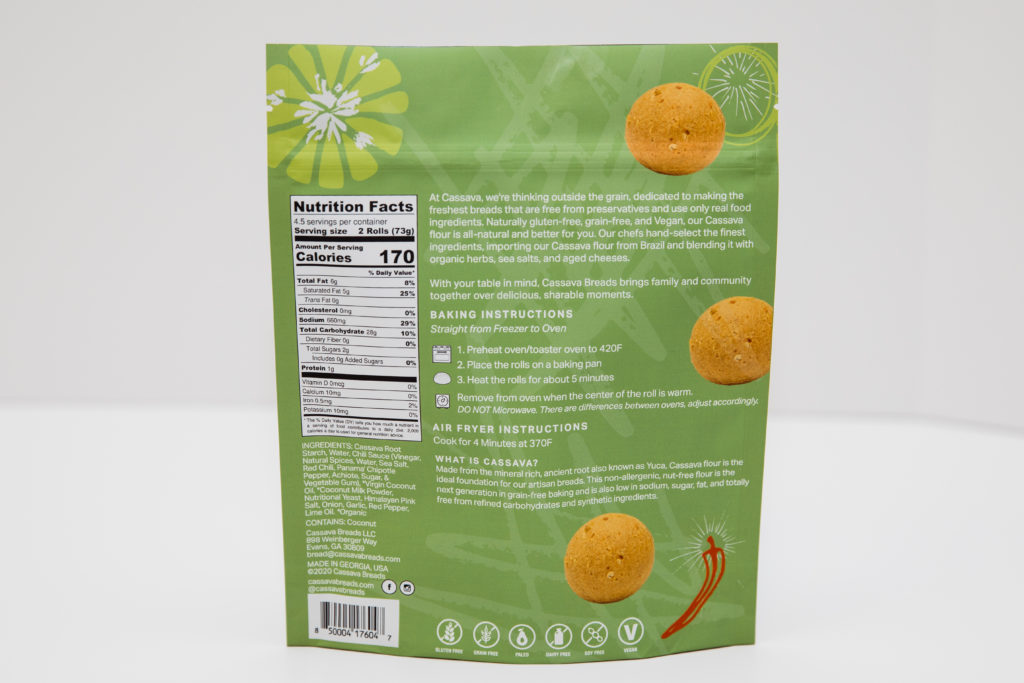
Regarding the information panel food labeling, the FDA mandates that packagers must adhere to specific guidelines. Keep these in mind as you create your food pouch:
- Use a print or type size that is prominent, conspicuous, and easy to read. The FDA even goes into such specifics as stating that letters be at least one sixteenth (1/16) inch in height based on the lowercase letter “o” and the letters must not be more than three times as high as they are wide.
- If space is an issue, smaller type sizes may be used for information panel labeling on very small food packages.
- Different type sizes are specified for the Nutrition Facts label. For example, the “Nutrition Facts” heading must be in a type size larger than all other print size in the nutrition label and generally set the full width of the nutrition facts label
- Do not crowd required labeling with artwork or non-required labeling
- Information that is not required by the FDA (such as UPC barcode) is considered intervening material and is not permitted to be placed between the required labeling on the information panel.
Food labels must also list the name and address of the manufacturer, packer or distributor. The FDA mandates that unless the name given is the actual manufacturer, it must be accompanied by a qualifying phrase which states the firm’s relation to the product (like, “manufactured for” or “distributed by”). Also be sure to include the street address if the firm name and address are not listed in a current city directory or telephone book.
Keeping Up-to-Date with FDA Labeling
The FDA is clear that it remains the food packager’s responsibility to keep current with the legal requirements for food labeling. As a food brand, you will want to make sure that your information is up-to-date, especially as food packaging regulations change and update frequently.
Check what the current rules are, because like we said earlier, this is the part within the world of packaging that you don’t want to skirt what the government is mandating.
Refer to the FDA food labeling guide here to read all about the specifics of creating a FDA-compliant food package.
Finding a Food Packaging Company for Your Product
Keeping your packaging FDA compliant is only one part of the food packaging label design and manufacturing process. We recommend finding a packaging provider that makes it easy for you to make changes to your packaging, should regulations change.
At ePac, we partner with you each step of the way, utilizing digital printing technology to create quality, custom pouches for multiple flexible packaging markets at affordable prices.
We can help your company knock the food packaging label design that makes your product stand out against the sea of competitors.
We love seeing the innovative things brands are doing, no matter what they do or sell. Being advocates for brands globally is something we’re passionate about when it comes to the options within flexible packaging.
Contact us today to get started on your next custom flexible packaging project.
Whatever you’re working on, we’d love to take your project to the next level. Our sales team has collaborated with brands everywhere on their journey, from the garage to the boardroom, and we’re ready to get to work with your team, too.

